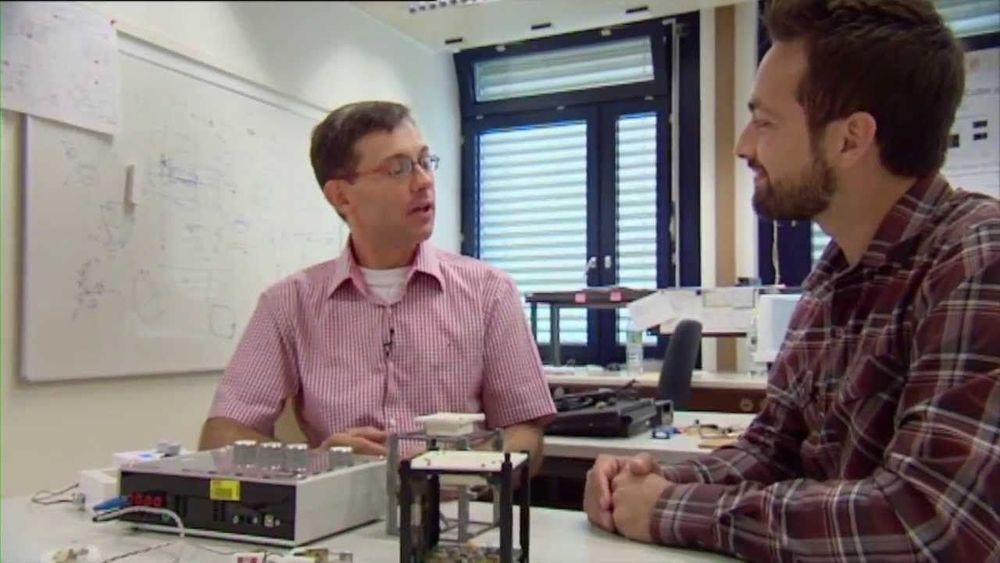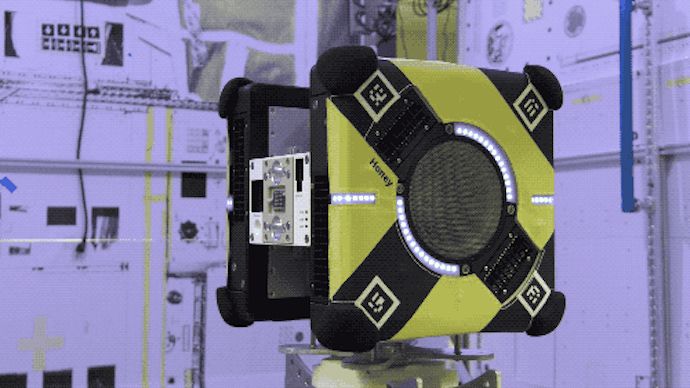One persistent illusion is that physical objects only interact with other objects they are close to. This is called the principle of locality. We can express this more precisely by the law that the strengths of forces between any two objects falls off quickly—at least by some power of the distance between them. This can be explained by positing that the bodies do not interact directly, but only through the mediation of a field, such as an electromagnetic field, which propagat…
The intuitive idea that objects influence each other because they’re in physical proximity is soon to become another of those beliefs that turn out to be wrong when we look deeper.
- By Lee Smolin on April 4, 2019

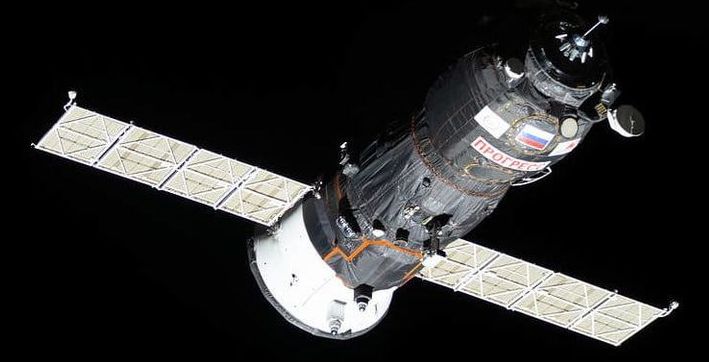
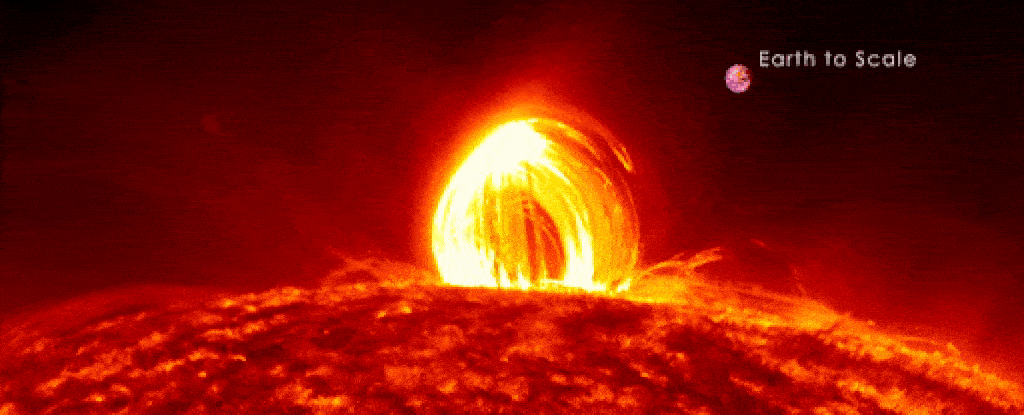
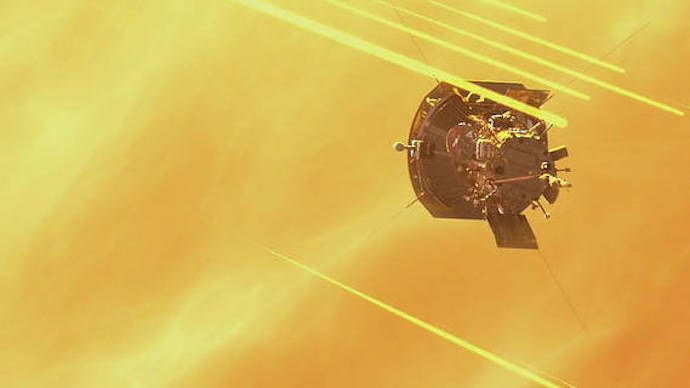
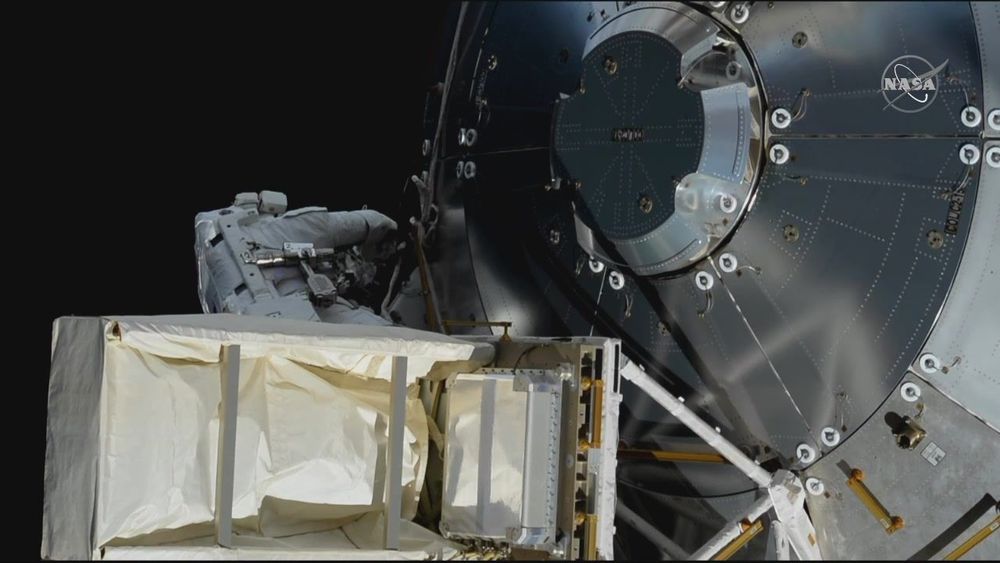
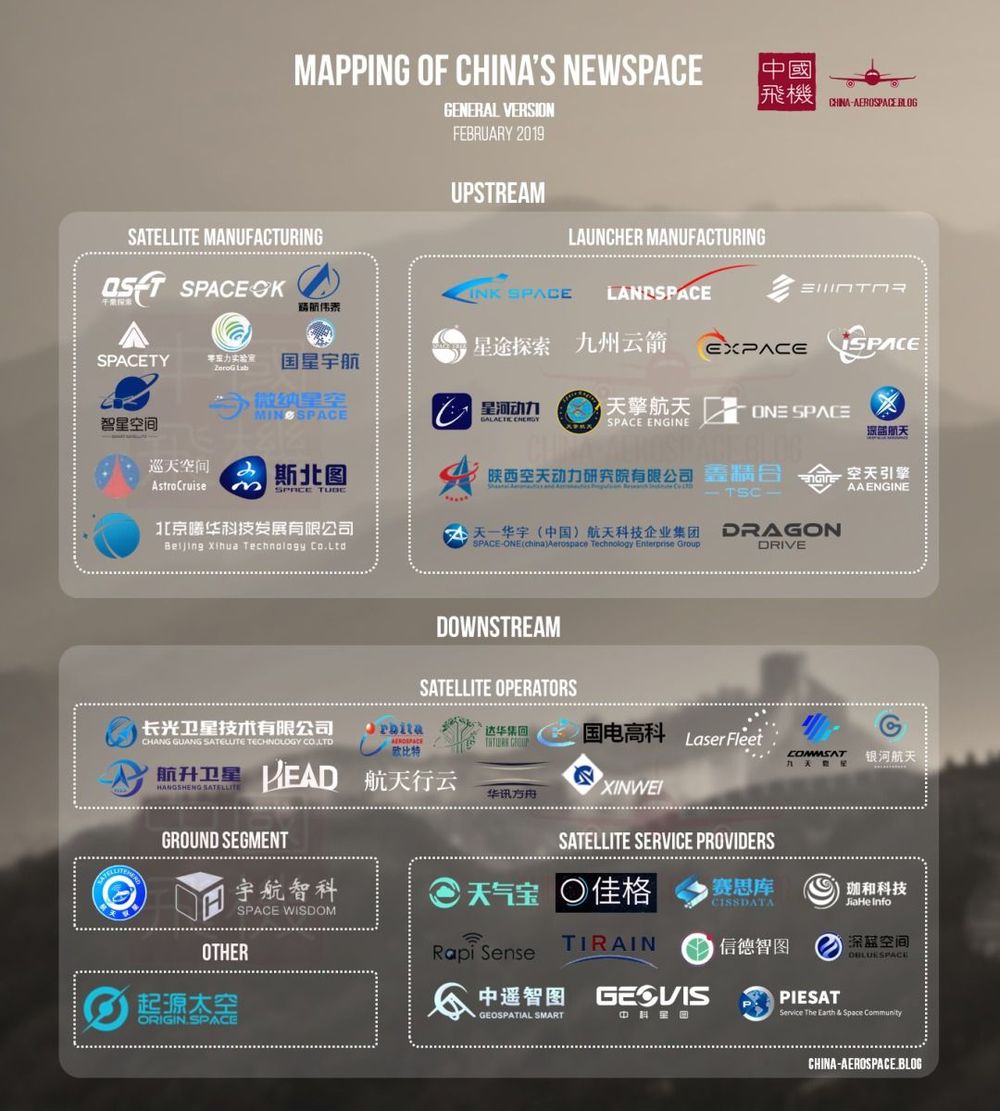
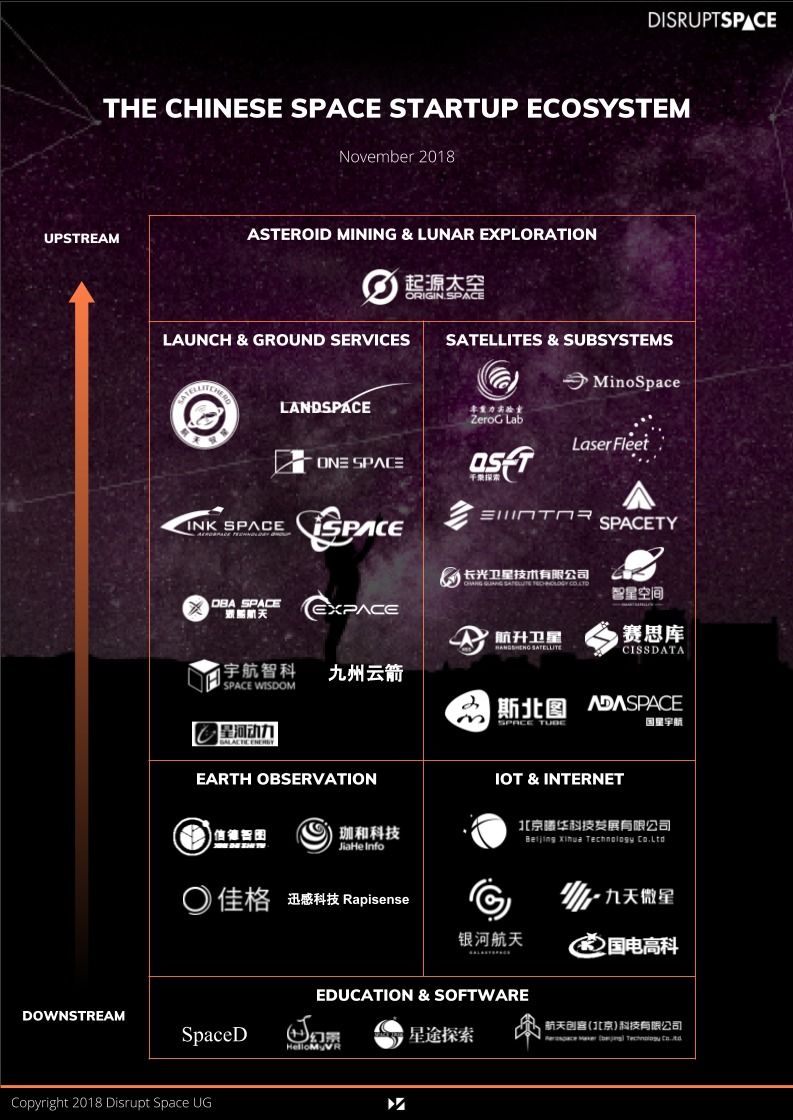 Fig. 1 – Disrupt Space’s Chinese Space Start-up Mapping in November 2018 [4]
Fig. 1 – Disrupt Space’s Chinese Space Start-up Mapping in November 2018 [4]